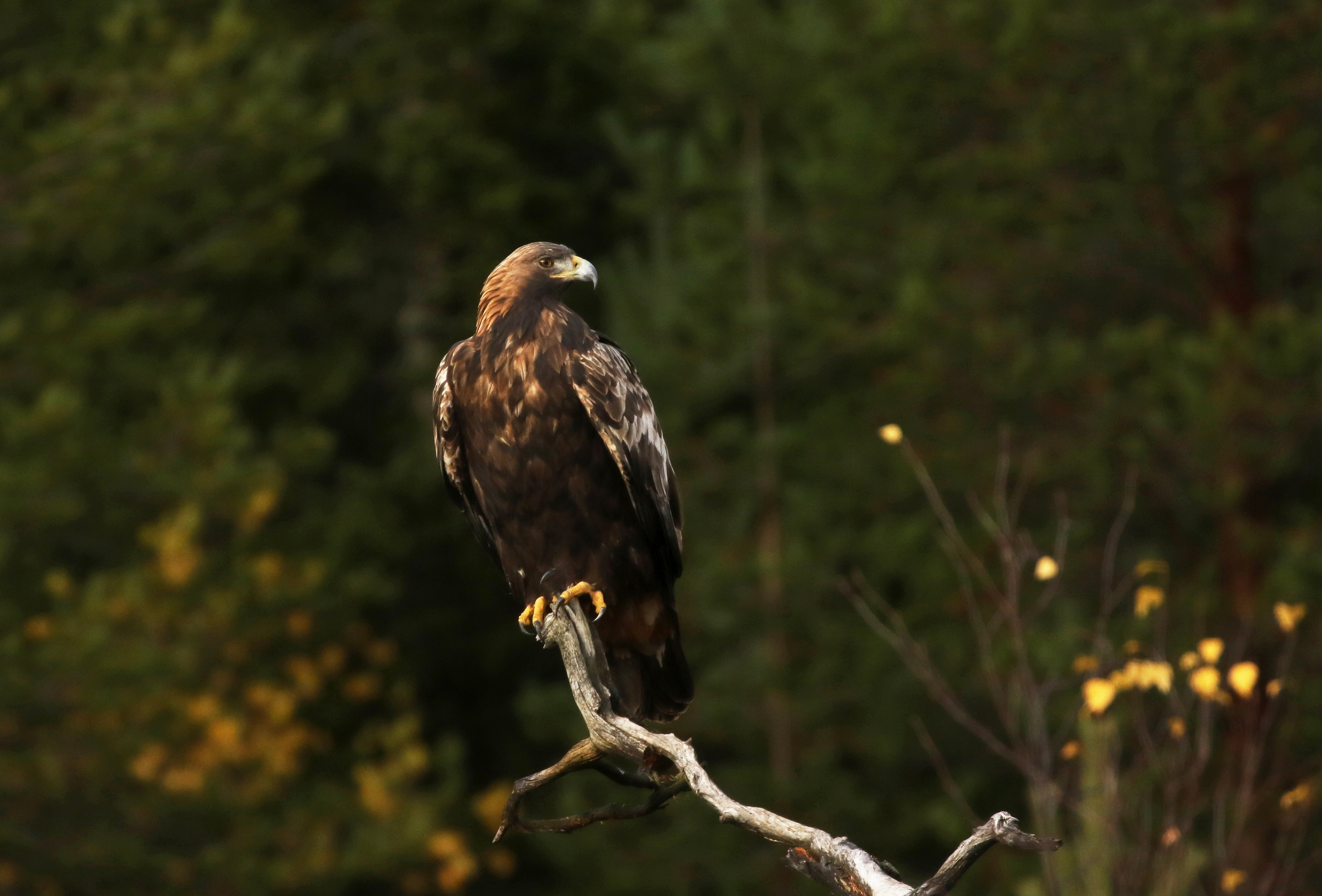A new study has revealed which bird and bat species are most at risk of collision with wind turbines, with birds of prey and migratory species coming top of the list.
This research is the first to take a global view of the problem and pinpoints some possible solutions to allow birds, bats and wind turbines to share the skies with less conflict.
In this age of climate change, countries across the world are searching for greener options for energy production. Many are turning to wind power, and as numbers of turbines increase it is vital that their full impact on birds and other wildlife is explored. Dr Chris Thaxter of the British Trust for Ornithology (BTO) has expressed the importance of finding the “delicate balance between a greener future and healthy biodiversity”.
A major concern with windfarm development is the risk of birds and bats colliding with turbines. The giant revolving blades not only capture the power of the wind, but can also catch out unsuspecting wildlife, leading to fatal collisions. This problem has been well documented in Europe and North America, but until now much less was known about the situation in other parts of the world, where wind power is rapidly expanding.
A global view of the situation has been revealed in a recent study, which has modelled collision rates for various bird and bat species in relation to factors such as their migratory behaviour and ecology, as well as wind turbine height and capacity. This important work was led by the BTO and supported by BirdLife International, the International Union for Conservation of Nature, the RSPB, the United Nations Environment’s World Conservation Monitoring Centre and the University of Cambridge.
The most vulnerable species were found to be birds of prey, especially White-tailed and Golden Eagles and Griffon Vulture, partly due to the fact that they often use artificial habitats such as farmland for their hunting, which is where onshore windfarms are most often placed. A recent Nature article suggested that the high collision rates for raptors could also be due to their visual adaptions for hunting; they have a large blind spot directly in front of them which means that a wind turbine can catch them completely unawares.
The high vulnerability of raptors is especially problematic as many such species are slow to reproduce, meaning that the loss of breeding adults in fatal collisions has a much greater effect on the overall population than with many other species. Added to this, many birds of prey are already globally threatened – especially Old World vultures – so windfarms in the habitats of these birds have the potential to worsen an already drastic situation for the survival of the species.

Golden Eagle, Finland (Jon Mercer).
Migratory birds were also found to be highly exposed to the risk of collision, especially where windfarms are placed in important flyways. Coastal and migratory pathways such as the Central American isthmus from Mexico to Panama and the Rift Valley of East Africa have the greatest numbers of vulnerable bird species. For bats, the highest numbers of collisions were predicted in North America, with several species such as the Hoary and Eastern Red Bats being particularly vulnerable.
Alongside highlighting the importance of choosing the right location for windfarms (such as avoiding important migration routes), the paper suggests that building fewer, larger turbines can help to reduce the risk of fatal collisions. By informing the design and location of future projects, research such as this helps to soften the tensions between windfarms and birds, so the benefits of generating renewable energy can be enjoyed and celebrated while minimising the effect on wildlife.
Stuart Butchart, Chief Scientist at BirdLife International, stressed the importance of the research, saying: "Windfarms have a key role to play in reducing our reliance on fossil fuels. This new study provides essential information to help ensure that wind energy development takes account of potential impacts on birds and bats, and that turbines are not placed in the most sensitive locations."
Reference
Thaxter, C B, Buchanan, G M, Carr, J, Butchart, S H M, Newbold, T, Green, R E, Tobias, J A, Foden, W B, O'Brien, S, and Pearce-Higgins, J W. 2017. Bird and bat species' global vulnerability to collision mortality at windfarms revealed through a trait-based assessment. Proceedings of the Royal Society. DOI: https://doi.org/10.6084/m9.figshare.c.3858520.v2


